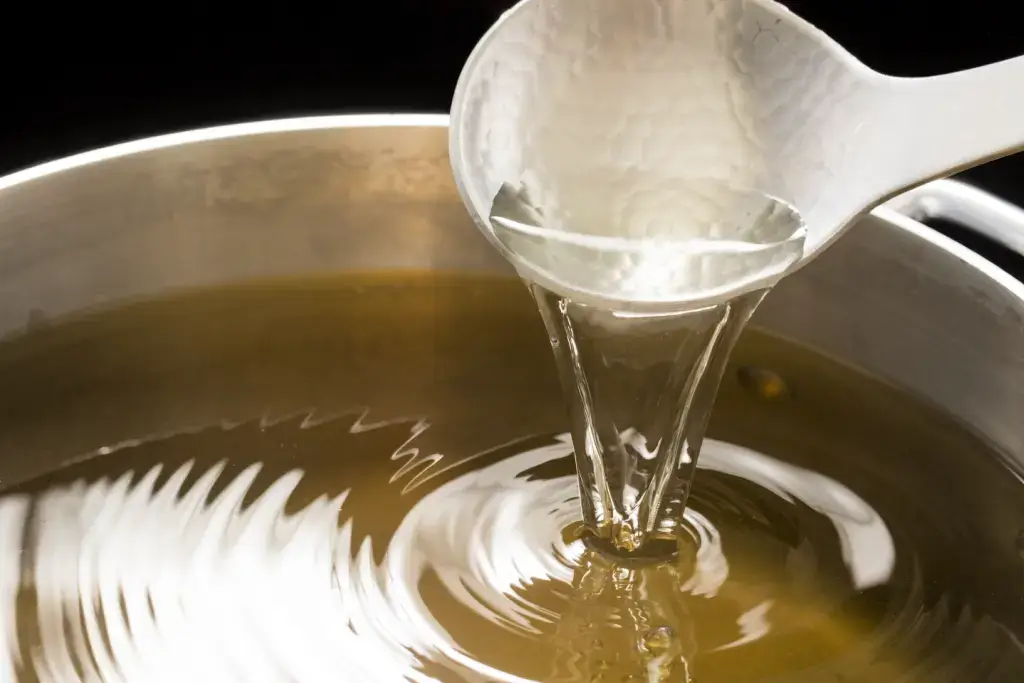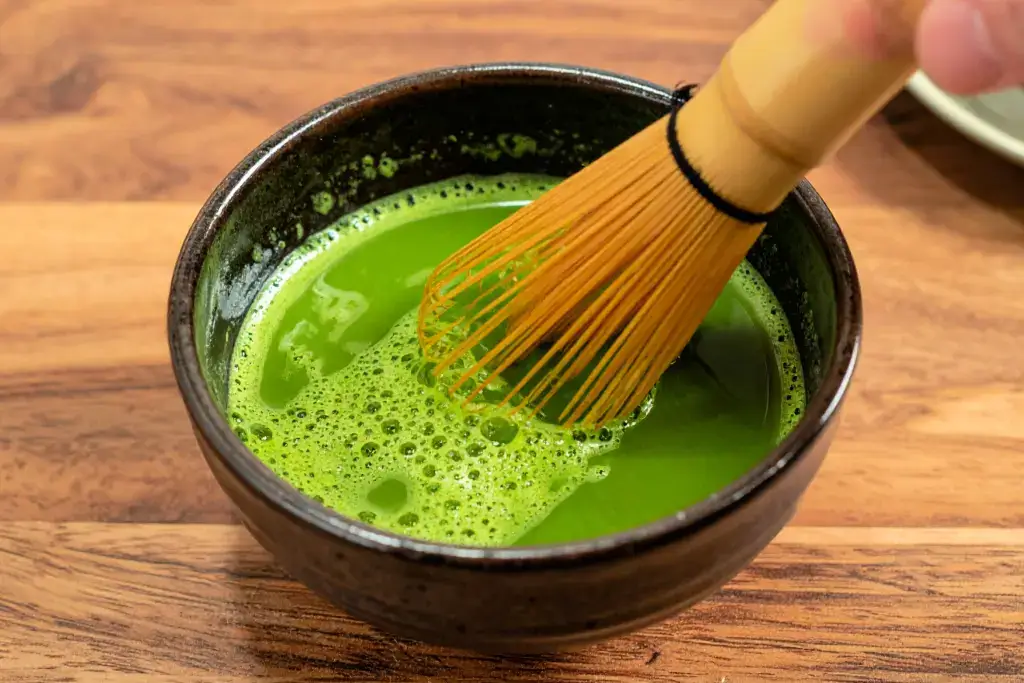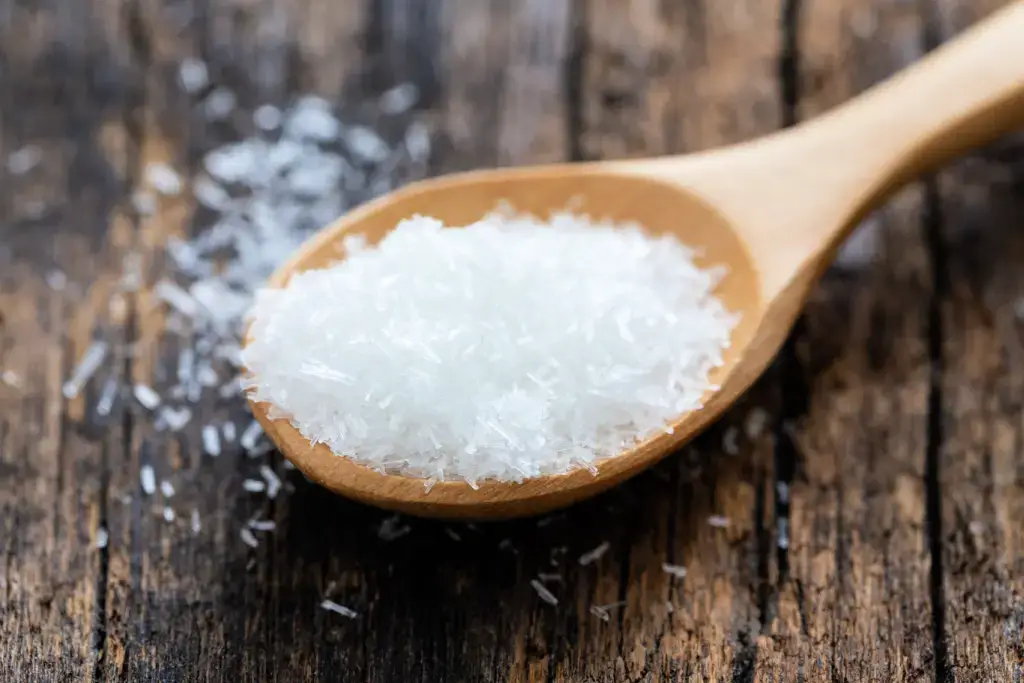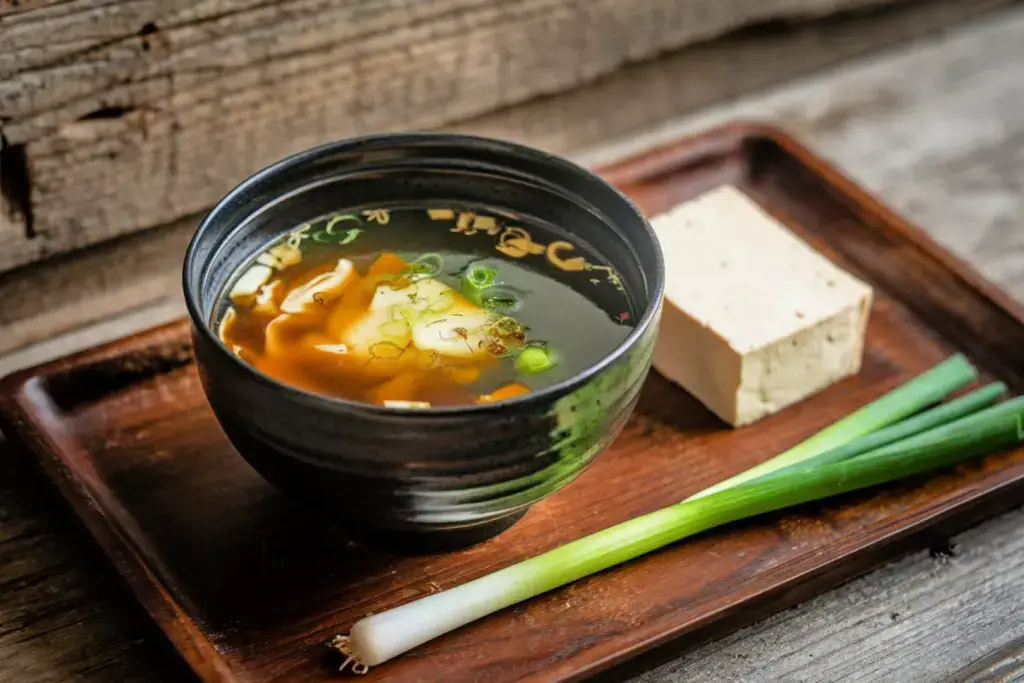Looking to bring a fuller, richer flavor to your dishes? Umami is the answer! But what is umami flavor, exactly? This unique taste has been a key part of Japanese cooking for centuries, yet it’s surprisingly easy to achieve in your kitchen. In this article, you’ll learn what it is, where it comes from, and the fascinating history behind this “fifth taste” that quietly makes food so satisfying.
Table of Contents
ToggleWhat is the fifth taste?
If you love Japanese food or just enjoy trying new flavors, you’ve probably heard the word umami popping up more and more lately. It’s called the “fifth taste,” joining sweet, salty, sour, and bitter. But it isn’t as sharp or obvious as those tastes. It’s more subtle, adding a deep, savory richness that makes what you eat feel satisfying.

The taste comes from natural compounds like glutamate, which you find in foods such as tomatoes, mushrooms, aged cheese, seaweed, and meat. It’s also in soy sauce, miso, and fish sauce. Even in small amounts, they pack a big punch of flavor! These foods taste great but gently enhance everything on your plate, combining all the flavors.
What makes it unique?
When you eat something full of umami, it feels warm and comforting. It makes your mouth water and leaves a pleasant, lasting taste that makes you want another bite. That’s why dishes like ramen, cheesy pizza, or slow-cooked stews feel so satisfying. Even if you don’t realize it, the flavor makes them taste good.

While the taste is a massive part of Japanese cooking, you’ll find it worldwide, from Italian pasta sauces to American barbecue dishes. Once you start noticing it, you’ll see how often it’s the reason a dish feels complete. It’s like the quiet hero behind so many delicious meals. The word is relatively new in English, but it’s been a part of Japanese food culture for over 100 years.
History of Umami
In the early 1900s, a Japanese chemist named Kikunae Ikeda enjoyed a bowl of dashi, a traditional seaweed-based soup. As he tasted it, he noticed something interesting about the taste of the soup. He felt that the flavor didn’t fit into the usual four categories of sweet, salty, sour, or bitter. It had a rich, savory taste that made the soup incredibly delicious, but he couldn’t quite name it. Curious, Ikeda decided to investigate it further.

In 1908, he discovered that this unique taste came from glutamic acid, a natural amino acid found in seaweed, tomatoes, cheese, and meat. He gave this new taste a name: umami, which roughly translates to “deliciousness” or “pleasant savory taste” in Japanese. To help others experience it, Ikeda created monosodium glutamate (MSG), a seasoning that adds flavor to food. MSG soon became popular around the world, especially in Asian cooking.
Are you looking for great snacks that have a lot of umami flavor? Check out Sakuraco! Sakuraco delivers traditional Japanese snacks, teas, and sweets from local Japanese makers directly to your door so you can enjoy the latest treats directly from Japan!
When did it arrive in the West?
Western scientists haven’t entirely accepted it as a separate taste for decades. They believed all flavors could be explained through the original four. However, as research continued, scientists began to find exceptional taste receptors on the tongue that respond specifically to umami. This proved that it was not just a cooking trick! It was a real, basic taste, like sweet or salty flavors.

Today, it is found in many of our favorite foods, from aged cheese and soy sauce to ketchup. Chefs worldwide use it to give dishes a deeper, more satisfying flavor. Whether you’re eating sushi, spaghetti, or a juicy burger, chances are, umami is playing a significant role in why it tastes so good. What started as a curious discovery in a bowl of soup is now a key part of understanding and enjoying food.
What’s the difference between MSG and umami?
Umami and MSG often get mixed up, but they’re different. Umami is a natural taste, while MSG is an ingredient that brings out that taste more strongly. It was created to make it easier for people to enjoy that savory taste in everyday cooking. While umami occurs naturally in many foods, MSG is a man-made way to boost it. MSG had a bad reputation for a long time, but today, many studies have shown it’s safe to eat in normal amounts.
Whether you get it from natural ingredients or a sprinkle of MSG, both can make your food taste richer and more satisfying. More innovative MSG powders have appeared recently, including blends made with natural ingredients like kelp, mushrooms, or fermented foods. These options offer a cleaner label while still delivering the same savory boost.

Why is it important to understand what umami is?
Understanding umami helps you appreciate why food tastes so good and why some dishes feel more satisfying. The hidden flavor ties ingredients together and makes meals feel complete. Knowing about it can also improve your cooking. Adding rich ingredients can make your dishes richer and more balanced without relying too much on salt or fat.
Whether you’re eating out or cooking at home, recognizing it lets you enjoy food on a deeper level. So next time you savor that perfect bite, you’ll know it is the flavor working its quiet magic behind the scenes. What’s your favorite dish to make at home? Let us know in the comments below!
Cited Sources
- Ajinomoto. “What is Umami?“
- Umami Information Center. “What is Umami“.
- Asahi Shimbun. “Umami is an old flavor but still a new concept for many cooks. Here’s what to know“.











